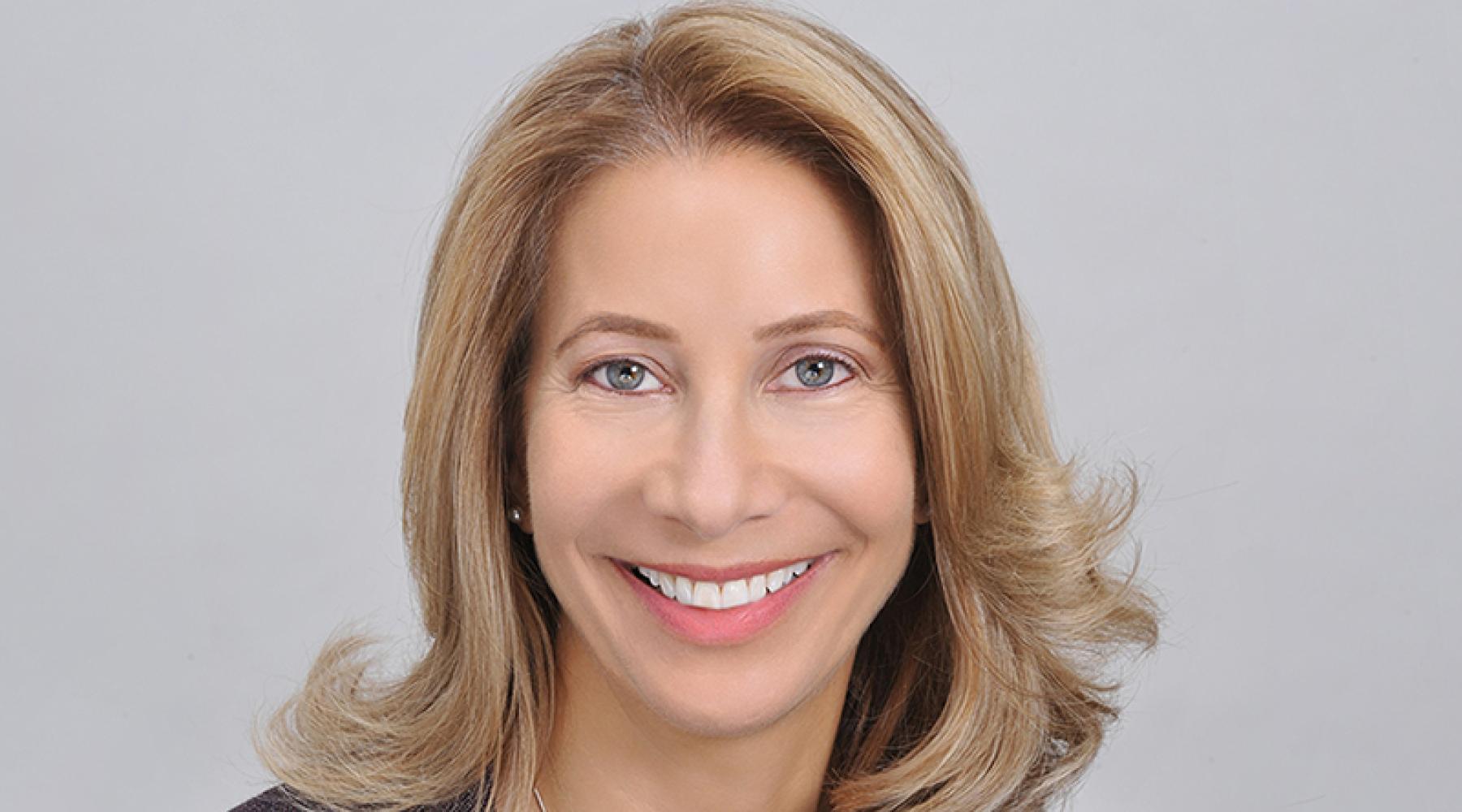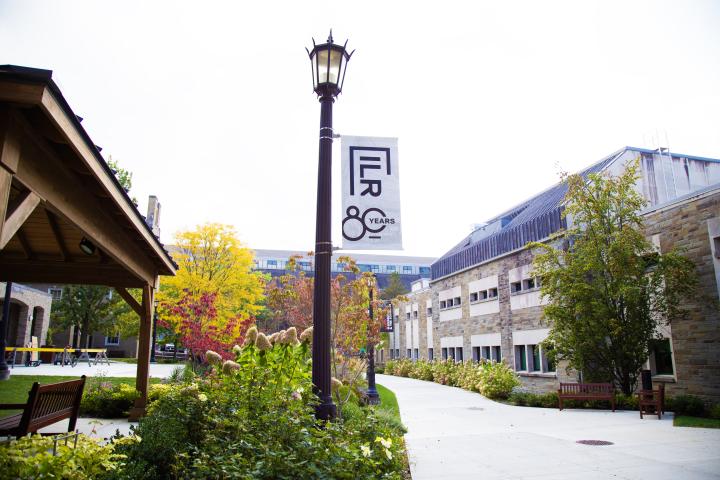
Helping People Collaborate
Amy Kates is a consultant and ILR Executive Education instructor who teaches business leaders and human resource executives how to more effectively design their organizations.
She grew up on a farm in the Hudson Valley, but always dreamed of living in New York City.
After graduating in 1986 with an Urban and Regional Studies degree and in 1987 with a Master of Regional Planning degree, both from the Cornell College of Architecture, Art, and Planning, she seized that dream by landing a job in the New York City Department of City Planning.
Kates quickly discovered that she had the same passion for helping people design organizations that enable them to collaborate and function optimally, as she did for urban design.
“What drew me to city planning, and what then drew me into organization design, is that I like complex systems. I like demystifying them, helping people understand the environment they are living or working in,” she said in an interview.
“In my work now, we give people the language and tools for designing their own organizations. When the management team builds it themselves, they own it,” said Kates, who teaches organizational design from ILR’s midtown Manhattan location.
She is a managing partner of Kates Kesler Organization Consulting. She and her colleagues have helped redesign organizations as varied as PepsiCo, Nike, W.L. Gore, QVC and the Girl Scouts.
In the same way that transportation, social, economic, political, and cultural forces work in unison for a city to function, Kates said, companies must design a management infrastructure to connect and empower their employees.
But, in the past 20 years, while technology has forced businesses to act faster across cultural, language and time zones, humans have not evolved at the same pace, she said.
“It is a real challenge to make faster decisions while keeping everyone aligned and rowing in the same direction. We need to have a shared, global vision, and yet empower people on the ground.”
As examples, Kates offered two well-known global companies that have succeeded in differentiating themselves from competitors that produce and offer similar products or services: Nike and Starbucks.
Nike has created an organization that “really has the capability to run consumer lifestyle categories,” Kates said. “We have to appreciate how integrated everything is behind the scenes — from the shoes, equipment and apparel to the online digital community where you track your runs. It all has to fit together seamlessly.”
Starbucks also tapped into a way of building its worldwide coffee empire that goes beyond its signature java products, she said.
“If you think about Starbucks, you know it’s not just about the coffee,” Kates said. “They created an experience that they could replicate. That’s what we call a capability.”
Starbucks’ success in creating a coffee house experience inspired competitors to create their own versions. HR has a big role in helping the Seattle-based chain maintain its brand and culture, she said. Starbucks knows that the employees who make and sell its coffee are what have kept it a leader.
“So from an organization perspective, we ask, what is a barista, what is their role? How do they need to be managed, rewarded, and developed to deliver the unique Starbucks experience?”
In addition to helping leadership teams design and redesign their organizations, Kates builds organization design skills for HR professionals. A trend Kates has seen over the past 15 years is the move away from HR generalists who can do 20 different things on a limited scale, to teams of specialists deployed against complex business problems.
For example, HR should play a crucial role in designing and fostering connections across organizational boundaries, Kates said. One of the most difficult points of linkage in many organizations is between the people who touch the customer – sales, marketing, and customer support – and the research and development teams that are building new products or services. It is imperative that those two sides can talk and understand each other.
“It is a critical part of HR’s work today to create and facilitate these conversations,” Kates said. “As we automate and offshore transactional and repetitive work, what is left are complex decisions and problems to solve. So, designing those conversations and helping people collaborate is really what much of HR work is all about now. And, this is why it is so important for the HR professional to have organization design in the toolkit.”


